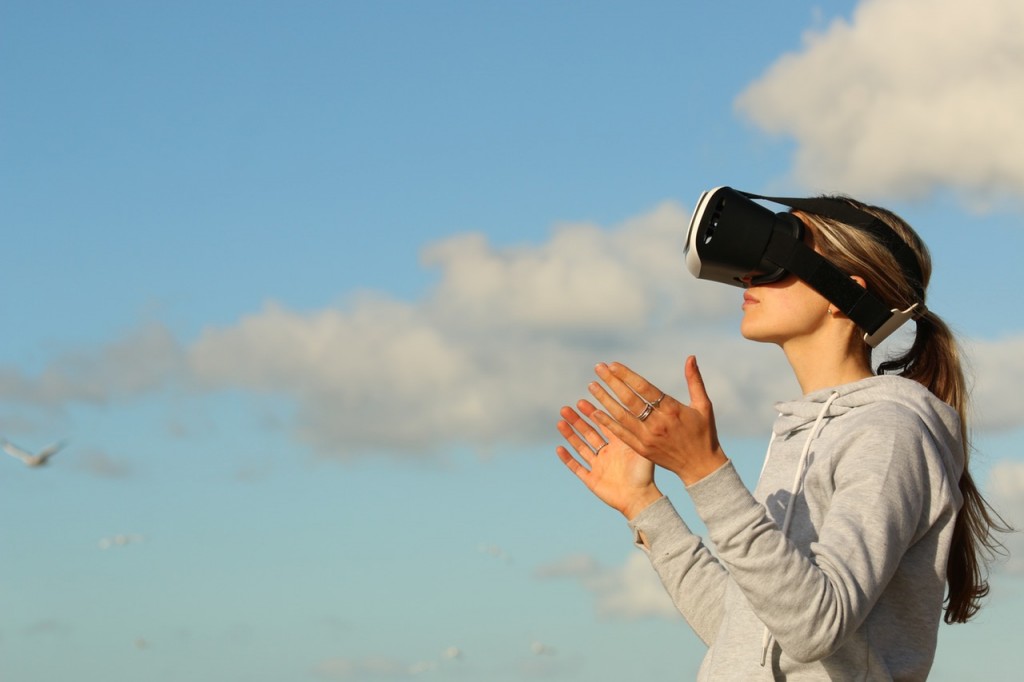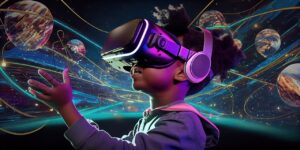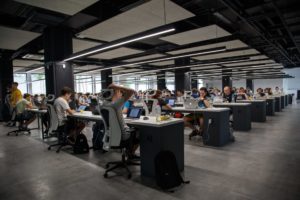
If we were to hold a market grand-prix tonight, “most sophisticated customer” award would go to the millennials. For millennials, eye candy products are simply not an item. If you want to cater to the likes of these young socialites, ask yourself a question. How to create a user experience that would be adventurous and culturally enriching at the same time? In reply to this marketing riddle, a Russian start-up Time Melody is handing us over a VR-powered museum of ancient musical instruments. For the moment, Time Melody’s exhibit room features three antics previously known to us only through the pages of history. Ethereal tunes of a thousand-year-old Armenian duduk, the legendary Roman lyre and primordial bone flute are recreated with the aid of binaural techniques. Getting Rimsky-Korsakov Conservatory orchestra to sit down and play exclusively for the team of four students was a pain and a challenge. But the result is worth it: the dust of epochs has been finally swept off the museum relics.
As a result, VR-powered audiovisual surrounding created by Time Melody gets surprisingly real. Yuri Bulavin, CEO and CTO of the start-up, is himself a connoisseur of the music industry:
I am a musician and composer. My personal experience with music recording shows: it’s nearly impossible to achieve believable sound recording if you have no idea how this sound is born. In order to appreciate the sound in its full depth you need to see the music in the making. And Time Melody lets you explore the way the instrument resonates with the epoch it belongs to.
Why would we need the VR-powered museum like that – you might ask? The unique selling point of Time Melody lies in the domain where you probably did not expect to find it: the education market. Stefania Danilova, PR Director of the start-up, speaks frankly:
In CIS countries, classical music education is still considered as a prerogative of elites. Major music instrument museums are located in the expensive capitals of Europe – Vienna, Edinburgh, Brussels.. A music student with a vulnerable economic background may never have an opportunity to make it there. By integrating VR-tech into school curriculum we aspire to bridge the distance between youth and the art.
For reference, Time Melody is developed on Unity 5 widget and uses Oculus SDK. Sound-wise, the end product is achieved through a combined work of such plugins as Facebook360, Ambix, Sound Particles, Google GVR Audio Engine. At the current moment, Time-Melody is competing for the place in the Saint-Petersburg State University-based accelerator. The team’s next milestone is to secure private funding for the expansion of museum collection and demonstrate their technology in local art halls and malls.




